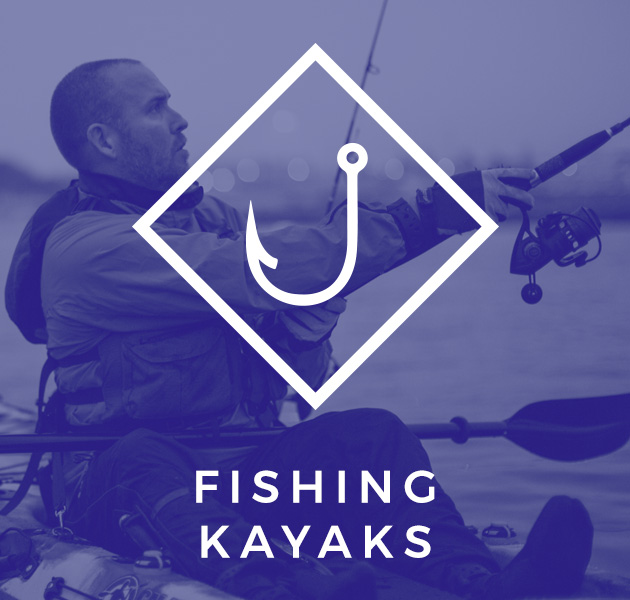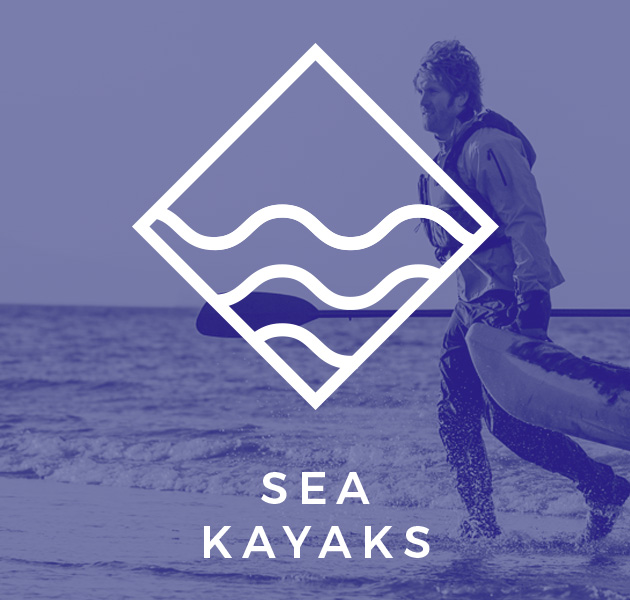Our fish need our protection. Facto Disturbingly, the International Union for the Conservation of Nature (IUCN) has just reported that, in July 2017, there are 455 species of critically endangered fish on its list. Which means that 3% of all fish species currently evaluated in our oceans, rivers, lakes and seas are critically endangered, and 81 of the 455 are already considered extinct. These are amazing statistics and they are figures that seem to diminish.
Among many others, the varieties of our beloved sharks, rays, swordfish, sturgeon, salmon, trout and freshwater whitefish, carp and bream and giant catfish are all on the list of critically endangered species and are "firing". Many of these fish species are species that you, as an avid kayaker, will find during a day of sea or river fishing.
So what should you do if one of these fish in danger ends up on your hook?
Simple, release it back into the water! Capture and release. Capture and release. Capture and release. We can not say enough. However, before you release that wonderful specimen in its natural habitat, we recommend that you take some pictures and take some notes. For example, the location from where you have caught the fish. How many fish and what size did they have? If they were adults or juveniles. If they were swimming or feeding. This is all extremely valuable information and we urge you to share it, along with the photos you may have, with the relevant local and online wildlife officials.
Railblaza Cameraboom is a great accessory for those of us who practice catching and releasing fishing and want to preserve not only the moment, but help to register, preserve and improve the environment and the lives of the fish that live there. Camerabooms are rods that securely hold your camera, phone, GoPro or any other recording device at an adjustable distance from you. They fit perfectly into the Railblaza Starports that are attached to your kayak, which allows you to register your adventures safely without worrying about dropping your precious device in the water or not having enough hands to capture the moment successfully. So, catch, kiss and release that fish with confidence in the knowledge that every precious moment is recorded with the help of your fervent Railblaza Camerboom!
Below we have listed 5 of the most threatened fish species on the planet with the hope that we can help you clearly identify and, therefore, observe any of them in your natural world, and then inform you of how lucky you have been. to see, so that we can all do our part in the protection and preservation of these wonderful creatures, and in addition, you definitely want to be able to identify a Goliath Grouper if you come across one, because it is amazing and if one of these ends in your hook, then you're going to need to prepare yourself to be amazing!
Atlantic halibut
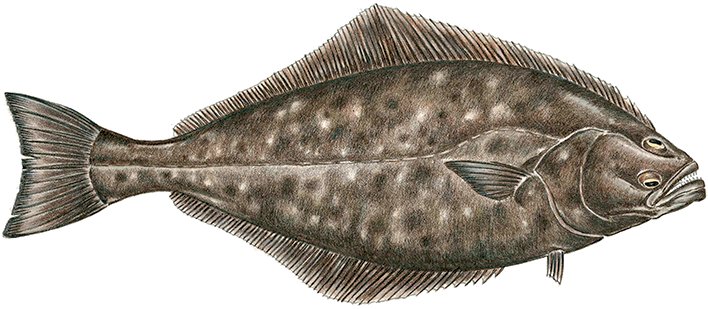
Found in the North Atlantic, the Atlantic halibut is a right-eyed flounder, which means that it is flattened to the sides and is the largest flatfish species. Its upper surface is uniformly dark chocolate and its lower part is pale. It can reach up to 9 feet and weigh up to 1,000 pounds and live up to more than 50 years. It is often caught as bycatch in bottom trawl fisheries.
Maltese stripe
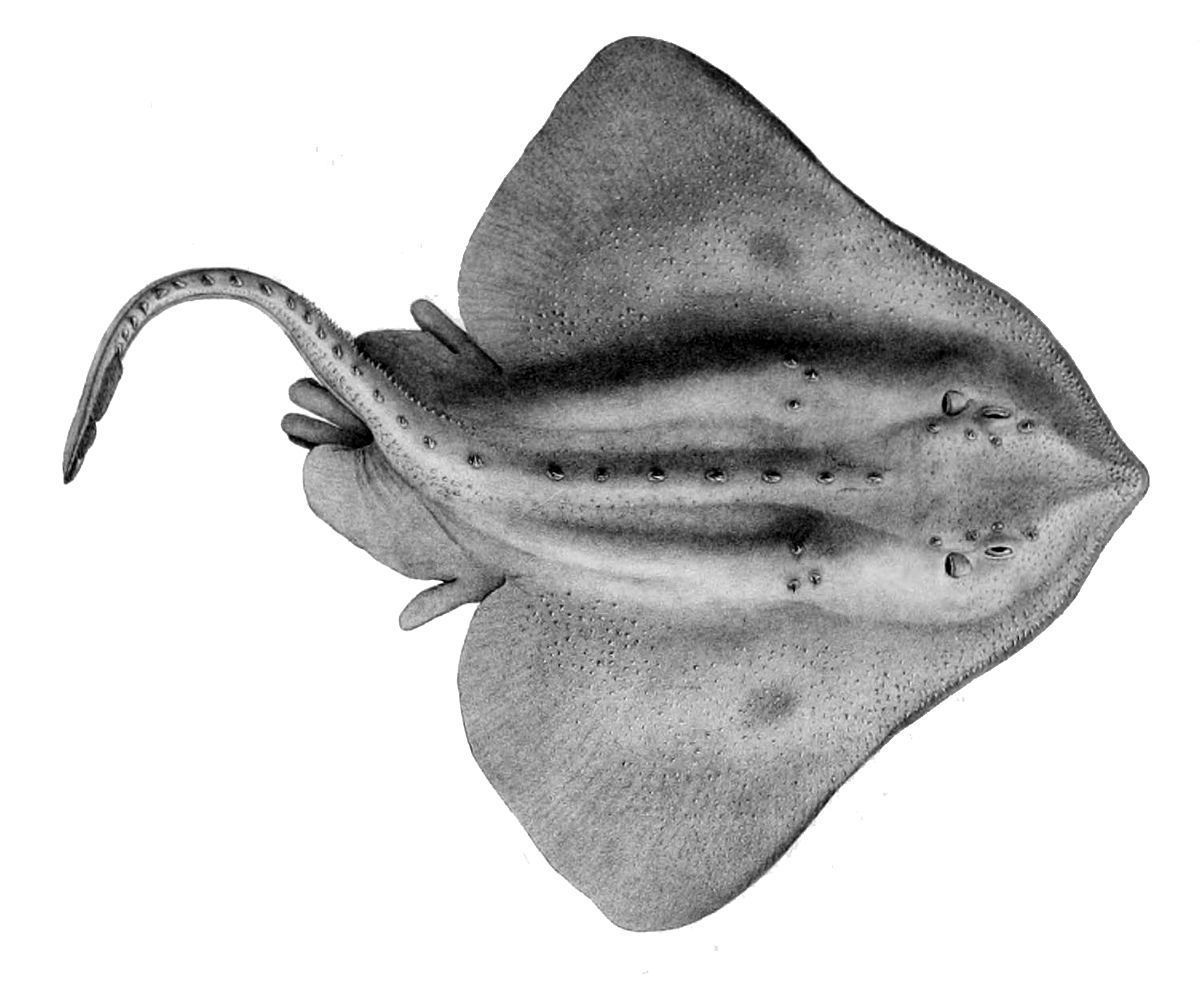
Historically, the Maltese skate (or skate) has populated the Mediterranean Sea in the waters of Italy, Algeria, Malta and Tunisia, but now can only be found in the Strait of Sicily. Although little is known about this particular species, it is likely to show characteristics similar to other rays. Rarely, the objective of commercial fisheries is unwanted bycatch.
Red tuna
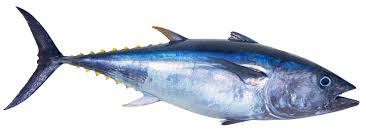
Bluefin tuna is perhaps the most iconic of endangered fish and is found in most of the North Atlantic Ocean. It is one of the fish fasting in the sea and can grow up to 10 feet long and weigh more than 1,400 pounds. It is the sixth most threatened species in the world, the sea or the land and, in all senses, is critically endangered
European eel
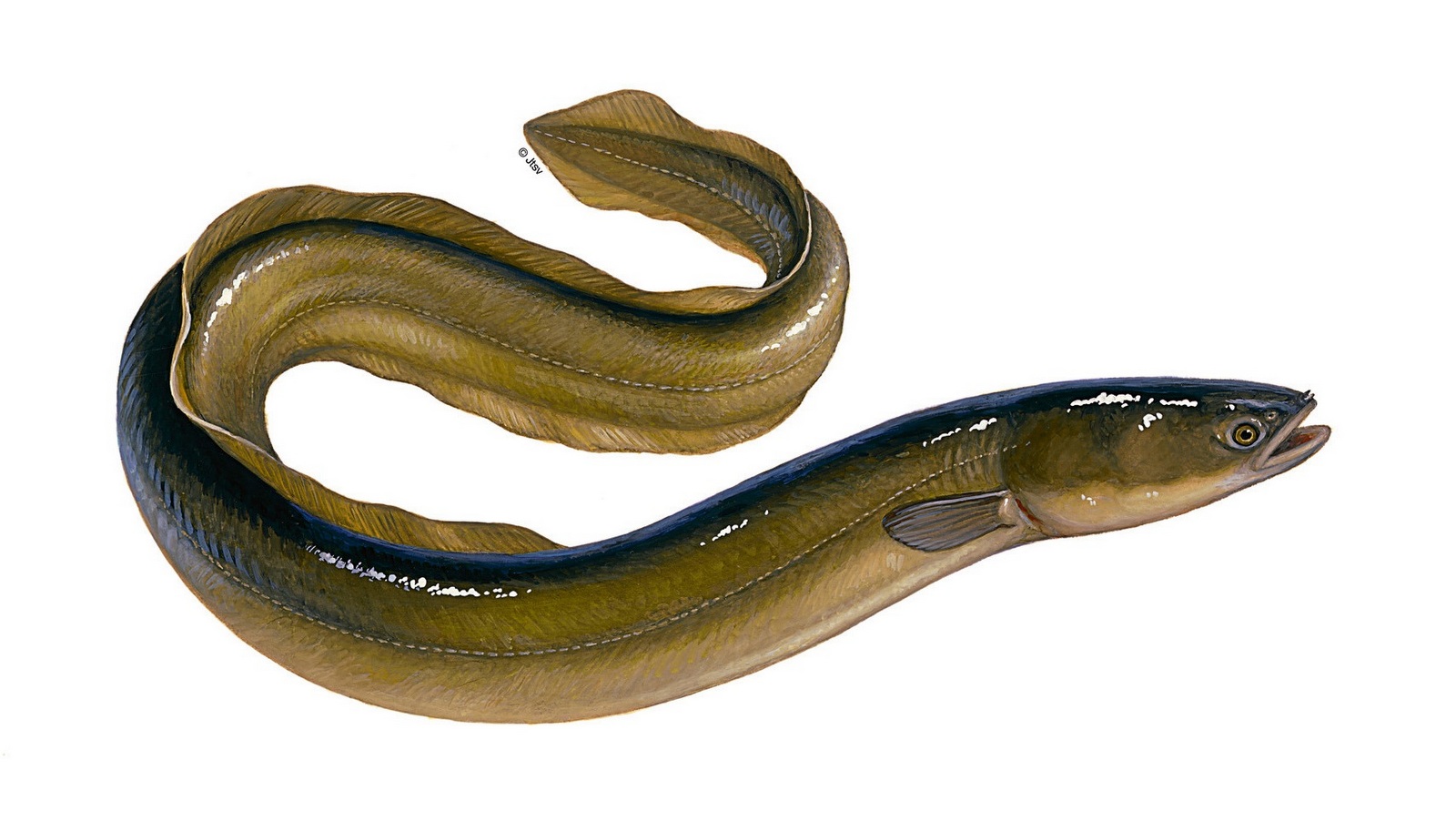
The European eel begins its life in the seas of the North Atlantic, Baltic and Mediterranean, but then migrates to fresh waters where it can grow to a length of 4.5 meters and live more than 80 years. Any European eel caught in the sea is a juvenile and has not yet had the opportunity to reproduce. This has led to catastrophic overfishing and a devastating effect on regeneration.
Goliath's Grouper
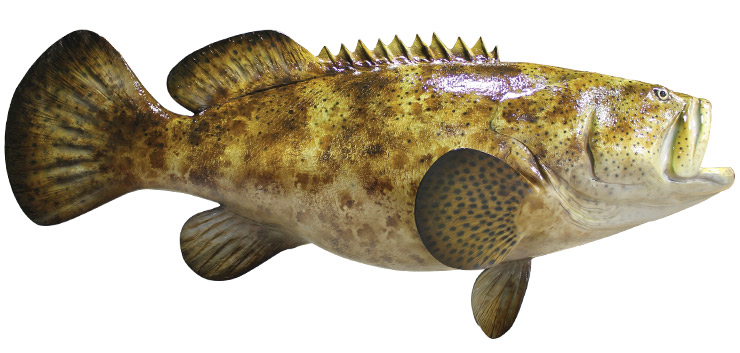
All grouper species are endangered to a certain extent, but the Goliath Grouper is particularly threatened. It is found in the subtropical seas of the eastern Pacific and the Atlantic and grows up to 8 feet long during 40 years of life and can weigh up to 360 kg. A ban was imposed on the capture of the species due to the rapid decline in 1990, but with slow growth and a low reproduction rate, the recovery of the population will take some time.
These five species are just some of the hundreds that are in danger. We strongly recommend that you research the species in your area and help improve local conservation efforts by being informed and proactive.
There are many local forums and Facebook pages about fishing where you can find more information about which species are in danger. You can also ask the local kayak fishing clubs and, obviously, directly from the government department of your country.
Galaxy Kayaks is proud to be part of 1% For The Planet. 1% For The Planet is an international organization whose members contribute at least 1% of their annual sales to environmental causes. You can join the organization as a commercial or individual member and strongly encourage everyone to visit your website and see the excellent work they do.
"We do not inherit the land of our ancestors, we borrow it from our children"
Native American Proverb


